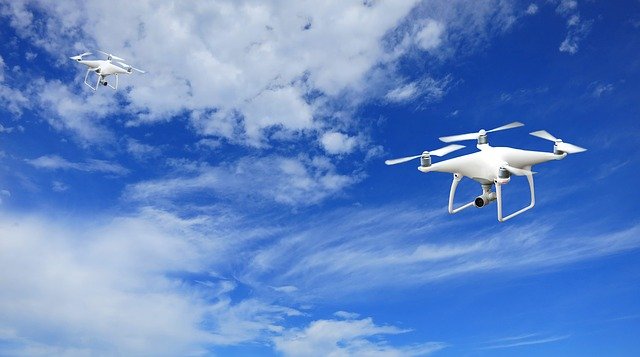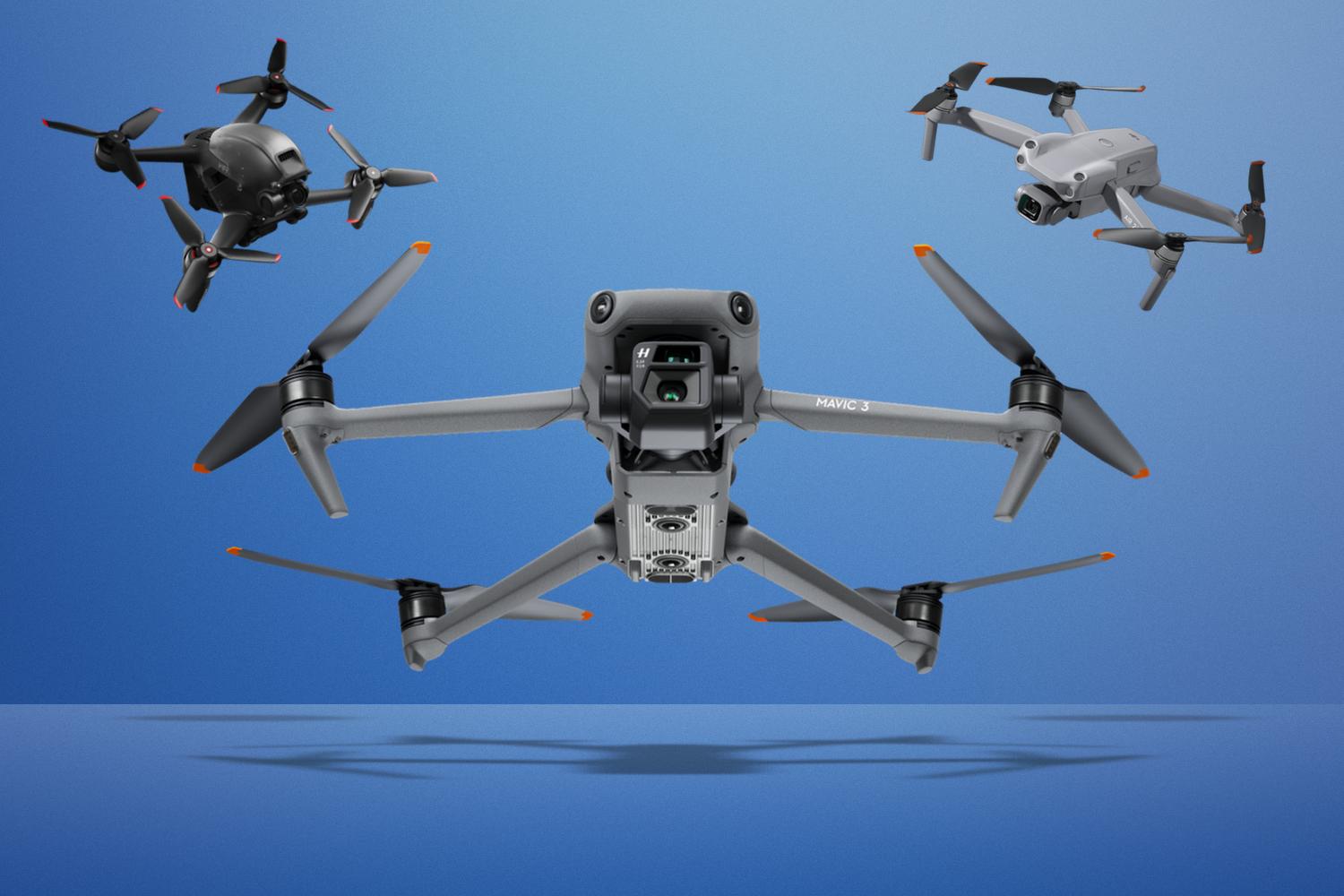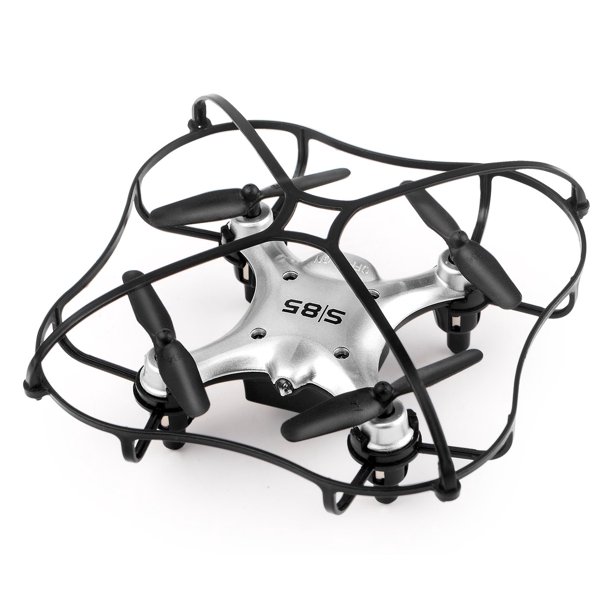
A drone might be the best tool to help you get into aerial mapping. Although the market is flooded with options, the Yuneec H520 is one of the best selling drones for mapping. Hobbyists love the Yuneec H520's speed and interchangeable lens. However, it isn't the best choice for most mapping enthusiasts due to its many advantages.
Yuneec H520
The Yuneec H520 is a high-performance, professional-grade drone that can revolutionize the mapping industry. The H520 is capable of both 2D and 3D mapping, and can cover large areas quickly. The H520 can overlay infrared images over normal images by using a dual-lens CGO/ET cam. The H520's live streaming capability allows multiple users to see the same thing simultaneously.
DJI Matrice 300 series
DJI Matrice 300 series drones are ideal for professional users and business users who require accurate aerial data. This high-end, enterprise aircraft is equipped with an integrated Zenmuse P1 photographic camera. It's one of the most sophisticated mapping drones on market. Multiple operators can switch control in flight thanks to the Matrice 300 RTK's dual control and flight capabilities. Users can switch operators using the advanced dual control system without having to compromise the accuracy of data. Operators can control the aircraft with a single tap, which is very useful for complex missions.

Parrot Anafi
Parrot ANAFI is the drone for you if your goal is to take stunning photos and video. The ANAFI's 48MP 1/2-inch CMOS camera has a dynamic range that is 14 EV. It can capture vivid imagery in all lighting conditions. The ANAFI is quiet and can fly in 25 minutes. It can also withstand extreme weather conditions. The drone's automatic flight modes and advanced performances allow you to do just that.
WingtraOne PPK VTOL
The WingtraOne VTOL quadcopter, WingtraOne PK VTOL mapping quadcopter, is an aerial mapping drone capable of safely taking off and landing from overhead obstructions or confined areas. Its vertical takeoff and landing capabilities make it safer than its BTOL competitors, reducing the possibility of damage during operations, extending the life of the aircraft, and lowering operational costs. It is simple to use and requires little learning. Pilots can operate it in less than an hour.
Freefly Alta 8
The Freefly Alta 8 is an octo-rotor UAS designed to work with a MoVI gimbal, which is sold separately. The gimbal mounted is located above the drone or below it and has an easy-to-attach and remove quick release mechanism. ALTA 8's plastic enclosure and folding prop arms make it easy to transport and store.

FAQ
Can I fly my drone within my local park
Yes, drones can be flown in parks around the world. However, there are some countries that prohibit drone flying in parks. Check out our list of places where you can legally fly drones for fun.
How can I keep drones off my property?
Drones are becoming more popular for home security and surveillance. To avoid drone attacks, install motion sensors around the property. They will detect any unapproved flying objects.
Is it necessary to have special training in order to fly a drone
No, you don’t need any special training in order to fly your drone. You will only need a remote control unit, and some knowledge about flight mechanics.
What kind of batteries does a drone use?
Lithium-ion batteries are the most common type of battery for drones. A typical drone uses between 3 and 6 volts.
Statistics
- According to the multiple listing service (MLS), houses and apartments with drone photographs are up to 68 percent more likely to sell than those without pictures. (thedroneu.com)
- According to Indeed, a drone pilot gets paid $25.73 per hour on average in the US. (dronesgator.com)
- Research and Markets predict a growth rate of 51.1% over the next five years. (thedroneu.com)
External Links
How To
How to Fly Drones at a Beginning Level
A drone refers to a remote-controlled aircraft designed for aerial photography, surveillance and scientific research. Drone technology has been around since World War II. DJI's Phantom series of quadcopters was the first to be commercially used. There have been many drones made since then. These range from beginner-friendly drones like Parrot AR Drone 2.0 to more advanced multi-rotor craft like DJI Mavic Pro.
There are many ways to fly a drone.
-
Remote control - This method uses a control device attached to your hand, which enables you to steer the drone through its flight path. There are two main types, On/Off switches (like radios) and joysticks.
-
Manual Control- This allows you to control your drone remotely via GPS coordinates. The app will provide instructions and help you to locate the drone.
-
Autonomous flight - The drone takes over the piloting duties. It is basically flying autonomously and without human intervention. The drone must be equipped with a camera and sensors that can capture images and data in order to fly autonomously.
-
Triggered Flying - This method works in the same way as manual control. However, the pilot has to manually set up a route for the drone and it follows that route until reaching the endpoint. After the program is complete, the drone automatically returns to the ground.
-
Landing Gear – A few drones come with landing gear. This allows them land safely in the event of losing power or running out of battery.
-
Goggles-Some pilots use goggles to protect their eyes from debris during operations.
-
Camera - Some drones are equipped with cameras allowing you to capture photos and videos from above.
-
Obstacles - Some drones can be equipped with obstacle avoidance systems that prevent them from crashing into obstacles.
-
Speed - Some drones reach speeds exceeding 40 mph.
-
Battery Life – Most drones will last 20 minutes to three hours depending on how powerful they are.
-
Distance - Some drones can travel up 30 miles depending on the model.
-
Power source - Some drones need an external power source, while others use internal batteries.
-
Weight – Some drones are less than one pound, while other models can be up to four pounds.
-
Size - The size of drones varies from small, easily carried devices to more substantial crafts that weigh in excess of 50 pounds.
-
Price – All drones fall into a price category. These range from expensive models that cost thousands to affordable options that start at 100 dollars.